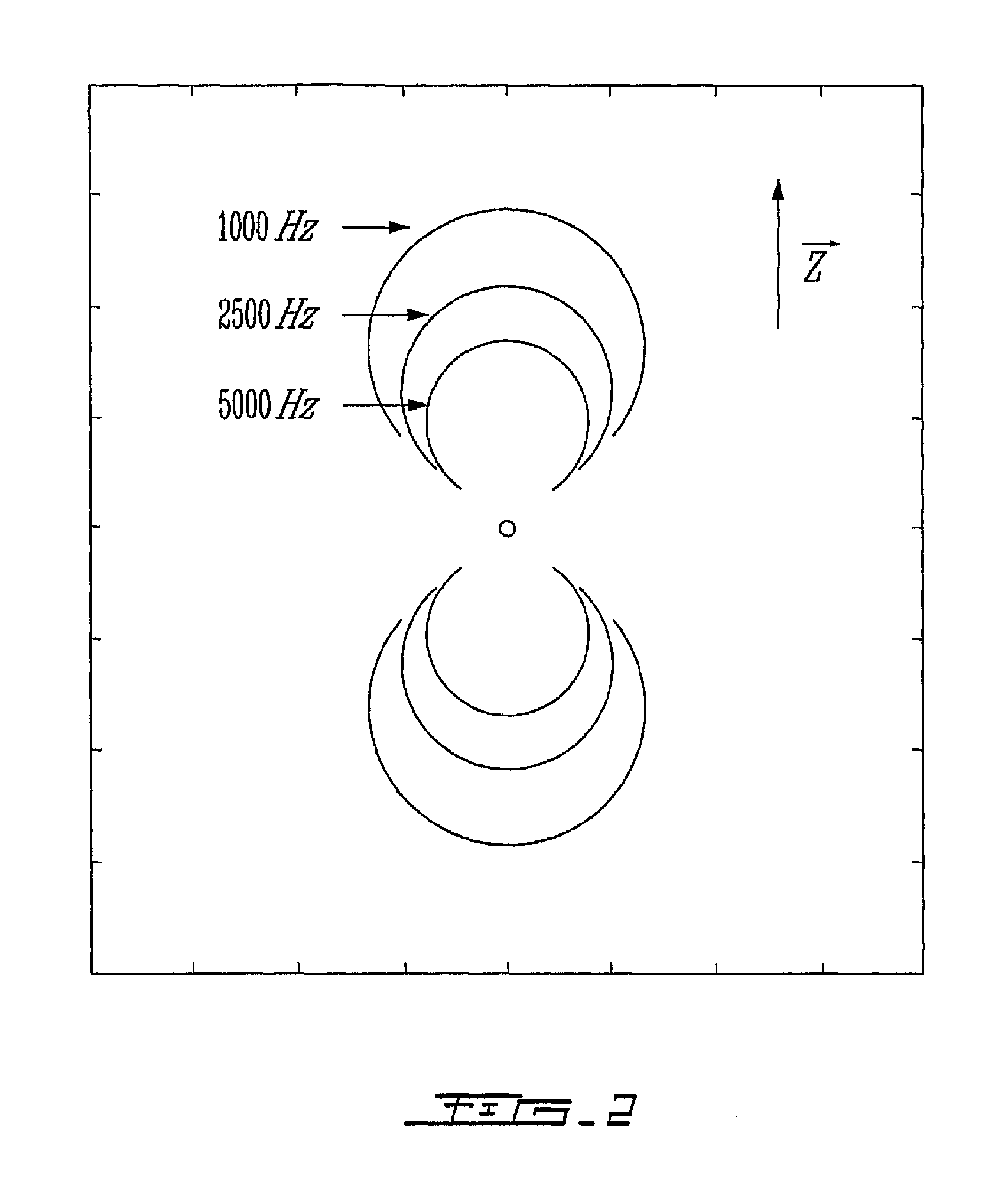MR-tracking based on magnetic signature selective excitation
a magnetic signature and selective excitation technology, applied in the direction of magnetic variable regulation, instruments, applications, etc., can solve the problems of increasing the complexity the resolution of the inserted device is poor, and the temperature is substantial, etc., to achieve the effect of easy use and poor resolution
- Summary
- Abstract
- Description
- Claims
- Application Information
AI Technical Summary
Benefits of technology
Problems solved by technology
Method used
Image
Examples
example of application
[0089]It is possible to mount a magnetic-susceptible object on a tethered probe, such as on the tip of a catheter, so as to perform an exploratory, a diagnosis or curative intervention, for example in the vascular system of a subject. In this manner, the tethered probe can be precisely located during the intervention by tracking the magnetic-susceptible object provided on the tip thereof.
[0090]An example of a magnetic-susceptible object is a coil made of 30 gauge wire enrolled about 12 times at the ens of a 1.2 mm coaxial cable can be used to induce inhomogeneities in the magnetic field.
[0091]Before performing such an intervention, the vascular map of the subject on which the intervention is to be performed must be known. Accordingly, at the beginning of the intervention session, one can use the MRI system to acquire sufficient data to accurately represent the vascular map of the subject in 3D coordinate system. With this map, an intervention can be planned, i.e. the path that the t...
PUM
 Login to View More
Login to View More Abstract
Description
Claims
Application Information
 Login to View More
Login to View More - R&D
- Intellectual Property
- Life Sciences
- Materials
- Tech Scout
- Unparalleled Data Quality
- Higher Quality Content
- 60% Fewer Hallucinations
Browse by: Latest US Patents, China's latest patents, Technical Efficacy Thesaurus, Application Domain, Technology Topic, Popular Technical Reports.
© 2025 PatSnap. All rights reserved.Legal|Privacy policy|Modern Slavery Act Transparency Statement|Sitemap|About US| Contact US: help@patsnap.com



